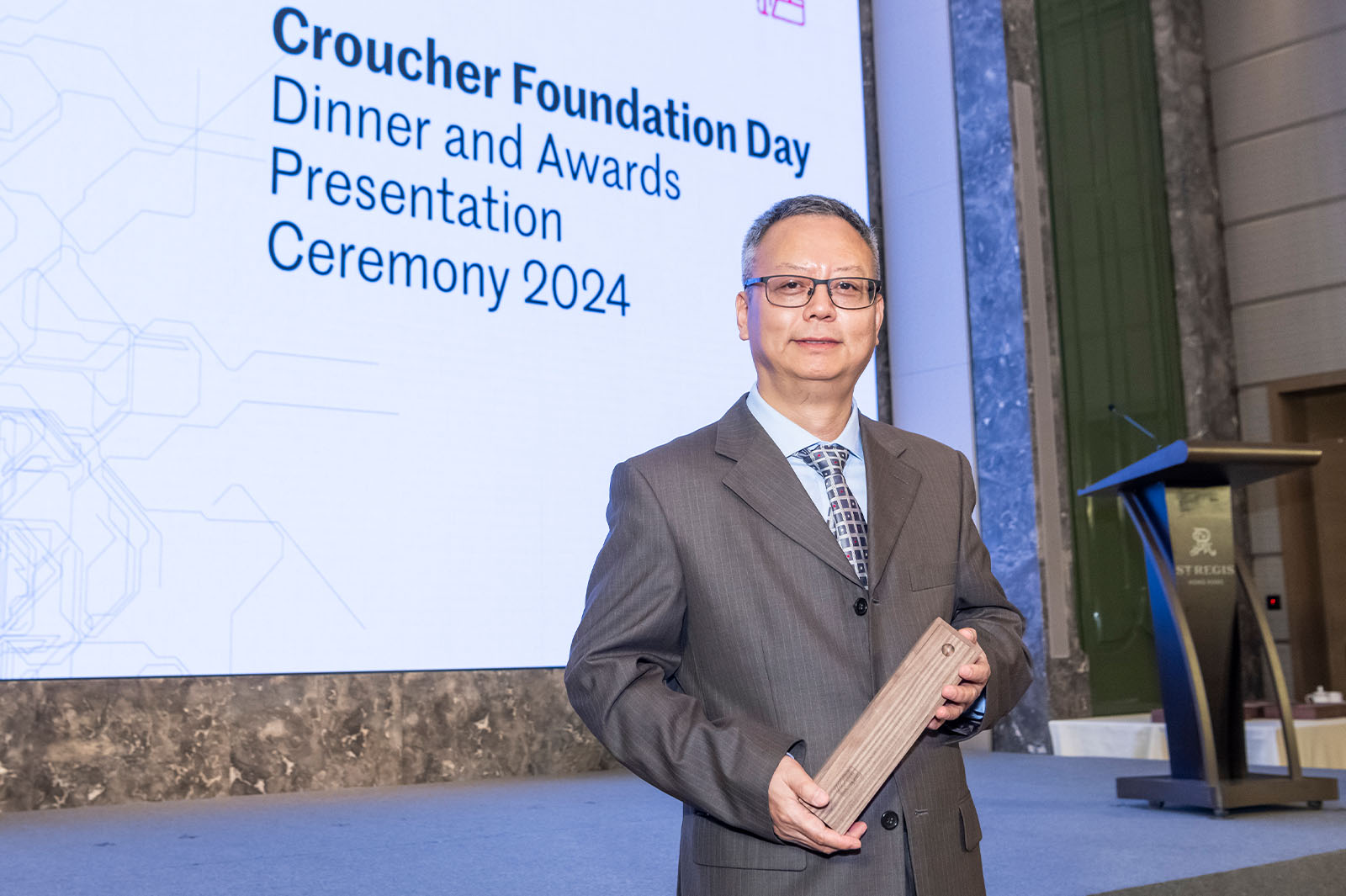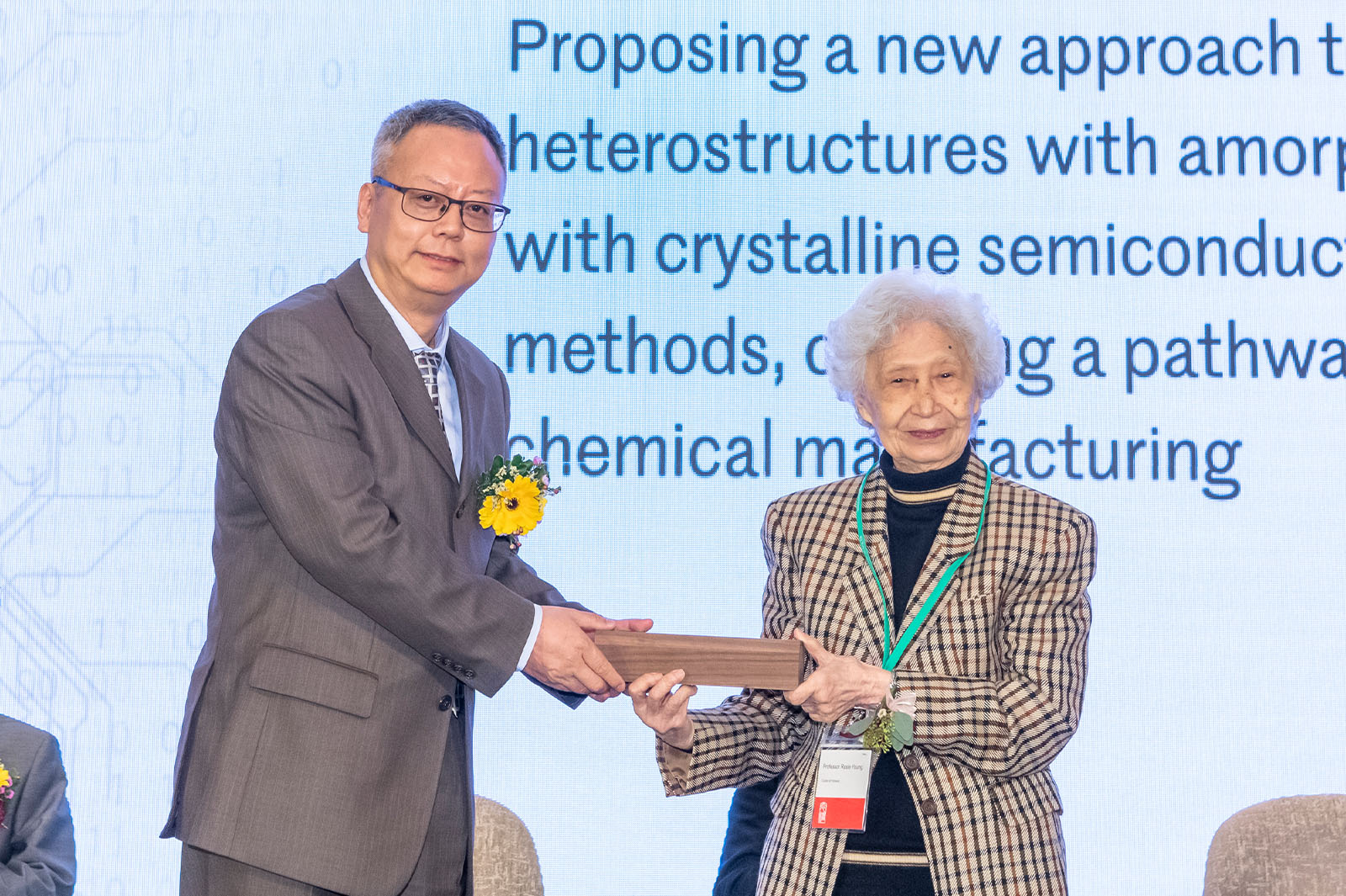Senior Croucher Fellowship rewards CityUHK clean energy expert

More effective control over the fabrication of semiconductors using nanomaterials for various applications to enhance global sustainability is the principal aim behind an exciting project that has helped earn Professor Zhang Hua of City University of Hong Kong (CityUHK) a highly prestigious Croucher Senior Research Fellowship.
The HK$2 million grant that comes with the Croucher Fellowship will enable Professor Zhang, Herman Hu Chair Professor of Nanomaterials at CityUHK, to pursue this groundbreaking work in phase engineering for nanomaterials.
“The project has excellent potential for various applications, including catalysis, optoelectronic devices, and solar energy conversion,” said Professor Zhang, who has also won the Bank of China Science and Technology Innovation Prize for research into similar areas of sustainability and clean energy.
In alignment with the United Nation’s SDG 7 (Affordable and Clean Energy), Professor Zhang spearheads research into stabilising unconventional-phase nanomaterials that have direct applications in clean energy, catalysis and sensors. His innovative Phase Engineering of Nanomaterials strategy has significantly advanced catalytic activity and energy technologies, providing new solutions for sustainable development and environmental concerns.

“I work in the field of heterostructures, which are one kind of hybrid nanomaterials composed of two or more components,” said Professor Zhang.
This is a vital part of research into clean energy because noble metal/semiconductor heterostructures have shown great potential in various applications.
“This is due to their integrated physicochemical properties and synergistic effects between different components,” Professor Zhang said.
Lots of time and efforts have recently been poured into finetuning different components’ sizes, dimensions, morphologies, interfaces, and spatial arrangements to enhance their performance. However, control over the (crystal) phases of noble metal/semiconductor heterostructures is rarely achieved.
“This control is crucial for modulating their physicochemical properties and enhancing the application performance of noble metal/semiconductor heterostructures,” Professor Zhang added.
In the Croucher-supported project, Professor Zhang and his team will develop a straightforward wet-chemical synthesis of amorphous noble metal/crystalline semiconductor heterostructures, evaluate the structure-property-application relationship of the synthesised heterostructures, and use the fabricated amorphous noble metal/crystalline semiconductor heterostructures as photocatalysts for manufacturing high-purity fine chemicals using solar energy.
These metal/semiconductor heterostructures can be used for broad applications in creating green energy by optimising heterostructure photocatalysts that can help provide new solutions for sustainable development and environmental concerns.